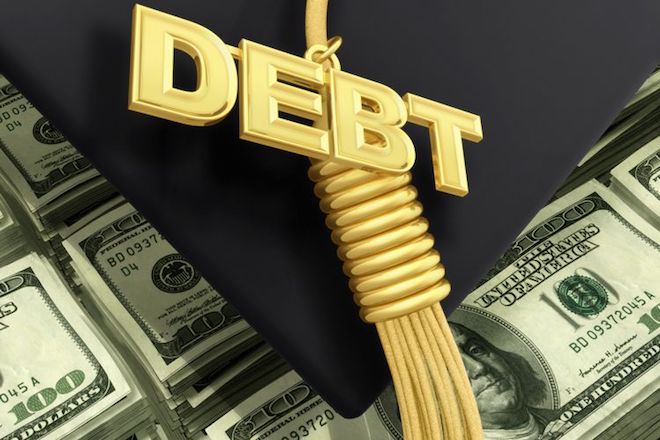
The Impact of College Completion on Student Loan Debt: Insights from a New Study
College completion can significantly impact student loan debt, a new study finds.
The study, conducted by the HEA Group and commissioned by National Association of Student Financial Aid Administrators, found that students who didn’t complete their degrees ended up owing $918 million (6%) more than their initial borrowing, mainly due to accrued interest. Students who did complete their degree, however, managed to reduce their debt burden, owing $3.2 billion (6%) less than their initial borrowed amount.
“Believe it or not, some students owe more on their student debt now — sometimes a lot more — than the amount they borrowed in the first place,” the authors of the study say. “This happens when students fail to make payments that are large enough to keep up with their accumulating interest, usually an indicator that they earn too little for the amount they owe.”
HOW COLLEGE TYPE AND CREDENTIAL IMPACT DEBT
Students who earned an associate degree still owed more than the amount they borrowed prior to enrolling in college. Associate degree completers initially borrowed $5.7 billion and owed $5.8 billion (a 1% increase). In contrast, noncompleters at the associates level borrowed $3.5 billion and owed $3.8 billion (7% more).
At public institutions, students owed $2.6 billion (8%) less than the amount they initially borrowed four years prior. Noncompleters owed $519 million (5%) more four years later. Private institutions show a similar difference with completers owing 12% less debt after four years, while noncompleters owed 2% more debt.
“As it turns out, completing college can make the difference between those who are able to pay down their loan debt and those who cannot,” the authors of the study say. “However, the type of institution you attended can also matter. Regardless, college completion remains of utmost importance — to the individual student and to the taxpayers who subsidize their educational endeavors.”
METHODOLOGY
To evaluate student loan repayment, the authors of the study examined two groups of undergraduate students: graduates and non-graduates. The study leveraged the U.S. Department of Education’s College Scorecard data to determine how much they initially borrowed in 2013-15 and how much they cumulatively owe on their loans four years later in 2017-19.
In total, 3.9 million student loan borrowers are analyzed at 1,949 institutions of higher education. If these borrowers now owe more than they initially borrowed, it may indicate that they earn too little to keep up with accumulating interest on their federal loans.
Sources: The HEA Group, Forbes











Questions about this article? Email us or leave a comment below.